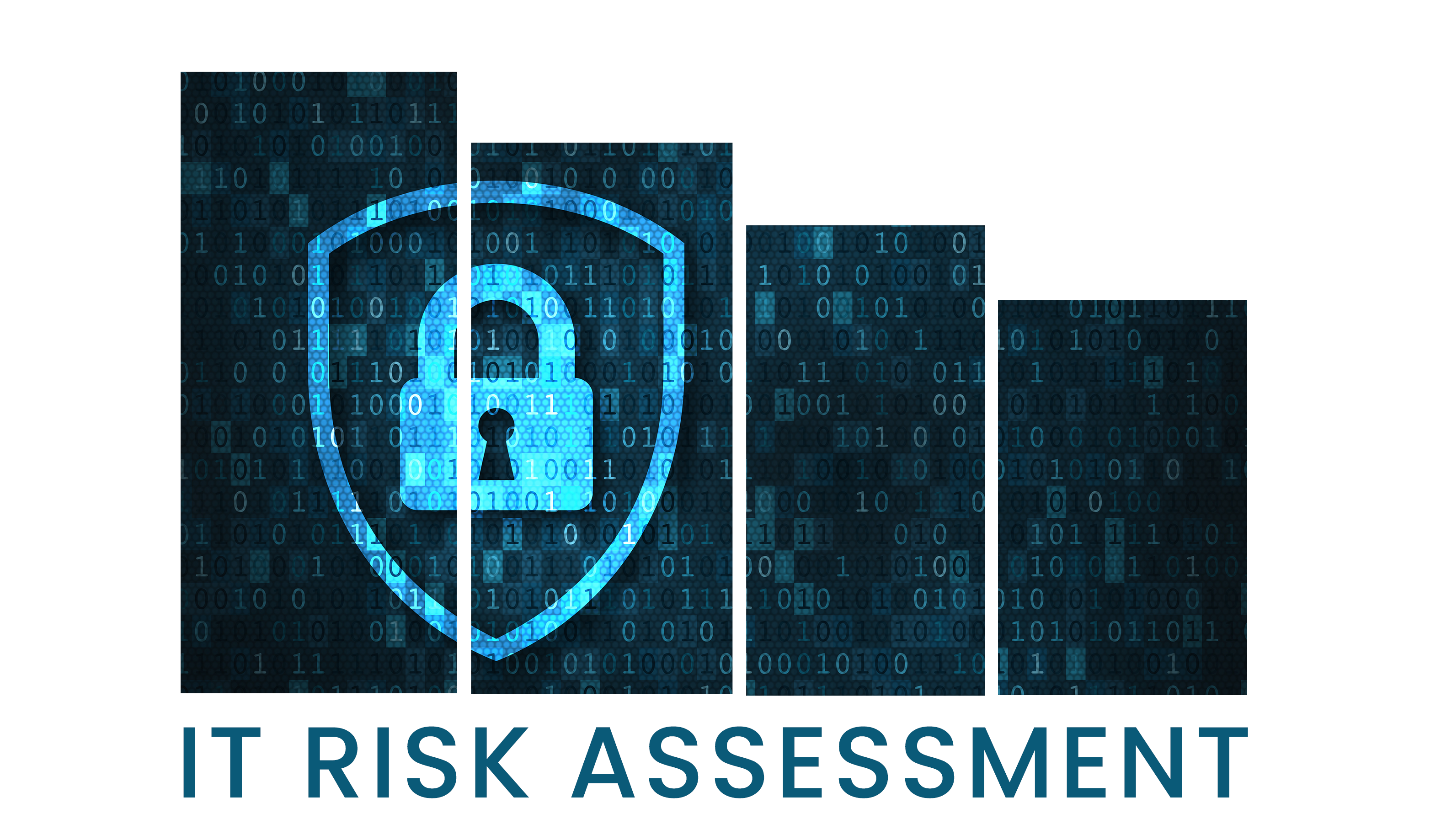1 min read
Complete Guide to IT Risk Assessments
Here are the key takeaways from this blog: IT risk assessments are foundational for financial institutions to proactively identify vulnerabilities,...

Here are the key takeaways from this blog:
Learn how to streamline Fedline compliance with less effort in our webinar below!
The FedLine Solutions Security and Resiliency Assurance Program is a critical component for financial institutions to ensure the security and compliance of their FedLine products. The Federal Reserve recognizes the critical importance of secure financial transactions which led them to establish this new program in 2021. As part of this program, financial institutions are required to undergo a comprehensive FedLine assessment to ensure their FedLine systems meet stringent security standards. This article serves as a step-by-step guide to understanding and successfully completing the FedLine assessment, helping financial institutions maintain compliance and improved cybersecurity.
Learn how to manage Fedline compliance with less effort in our webinar
In response to the changing cybersecurity threat landscape, the Federal Reserve created a control set for each of the FedLine Products. Financial institutions are required to assess their compliance with each of these control frameworks and submit an attestation that they have completed the assessment. The assessment aims to ensure that financial institutions have implemented the necessary controls, processes, and safeguards to protect customer and member data and maintain the integrity of financial transactions.
Financial institutions must complete the FedLine Assessment on an annual basis. The specific deadline for completion is determined by the Federal Reserve and communicated to each institution. Failure to meet the assessment deadline can have serious implications, potentially resulting in compliance issues and penalties.
The Federal Reserve came out with a control framework for FedLine Web, FedLine Advantage, and FedLine Command. There is some overlap between each of these, along with unique requirements based on the makeup of the system. These requirements are designed to mitigate risks, enhance cybersecurity, and ensure the integrity of the financial system. Some of the key requirements and controls include:
Learn how to streamline Fedline compliance with less effort in our webinar below!
Failing to complete the FedLine Assessment on time can have serious repercussions for financial institutions. Non-compliance with assessment requirements may result in penalties, regulatory scrutiny, and damage to the institution's reputation. Additionally, non-compliant institutions may face limitations or interruptions in their access to critical Federal Reserve services, potentially impacting their ability to serve customers and members efficiently.
Learn how to streamline Fedline compliance with less effort in our webinar below!
To successfully complete the FedLine Assessment, financial institutions can follow these step-by-step guidelines:
Step 1: Review Documentation - Familiarize yourself with the FedLine Solutions Security and Resiliency Assurance Program documentation, including the assessment guidelines, product controls, and requirements.
Step 2: Perform a Self-Assessment - Financial institutions should conduct an internal self-assessment to identify any gaps or deficiencies in their current security posture. This step involves reviewing existing controls, policies, and procedures, and comparing them against the requirements specified by the Federal Reserve.
Step 3: Engage a Third-Party Auditor - To ensure objectivity and impartiality, financial institutions are often required to engage a qualified third-party auditor to conduct an independent assessment. This auditor should possess expertise in cybersecurity and a thorough understanding of the FedLine Solutions Security and Resiliency Assurance Program.
Step 4: Perform Assessment - The third-party auditor will perform a remote or on-site assessment, evaluating the financial institution's technical controls, physical security measures, access management processes, incident response capabilities, and other relevant aspects. This assessment may involve interviews with key personnel, examination of documentation, and testing of security controls.
Step 5: Implement a Remediation Plan - Based on the findings of the assessment, financial institutions must address any identified vulnerabilities or non-compliance issues promptly. This may involve implementing additional security controls, revising policies and procedures, or enhancing staff training.
Step 6: Submit Assessment - Submit the completed assessment to the Federal Reserve within the designated timeframe, providing all necessary documentation and evidence of compliance.
Maintaining compliance with the FedLine Assessment requirements can be a complex and resource-intensive task. To alleviate the burden and ensure a streamlined assessment process, financial institutions can turn to Rivial Security. Rivial offers a comprehensive platform that automates the FedLine Assessment and assists in maintaining compliance year-round. With Rivial's expertise and industry-leading solutions, financial institutions can enhance their cybersecurity posture, demonstrate regulatory compliance, and safeguard their reputation.
In conclusion, the annual FedLine Assessment is a critical undertaking for financial institutions to uphold the security and resiliency of their operations. By adhering to the requirements, performing thorough assessments, and implementing necessary controls, institutions can protect customer and member data, mitigate cybersecurity risks, and maintain compliance with the Federal Reserve's guidelines. With the support of Rivial Security, financial institutions can navigate the assessment process with confidence, ensuring their cybersecurity practices align with industry best practices and regulatory standards.
Learn how to streamline Fedline compliance with less effort in our webinar below!

1 min read
Here are the key takeaways from this blog: IT risk assessments are foundational for financial institutions to proactively identify vulnerabilities,...

Here are the key takeaways from this blog:

Financial technology companies, more commonly referred to as FinTechs, face many threats from a wide variety of sources. If you understand the...